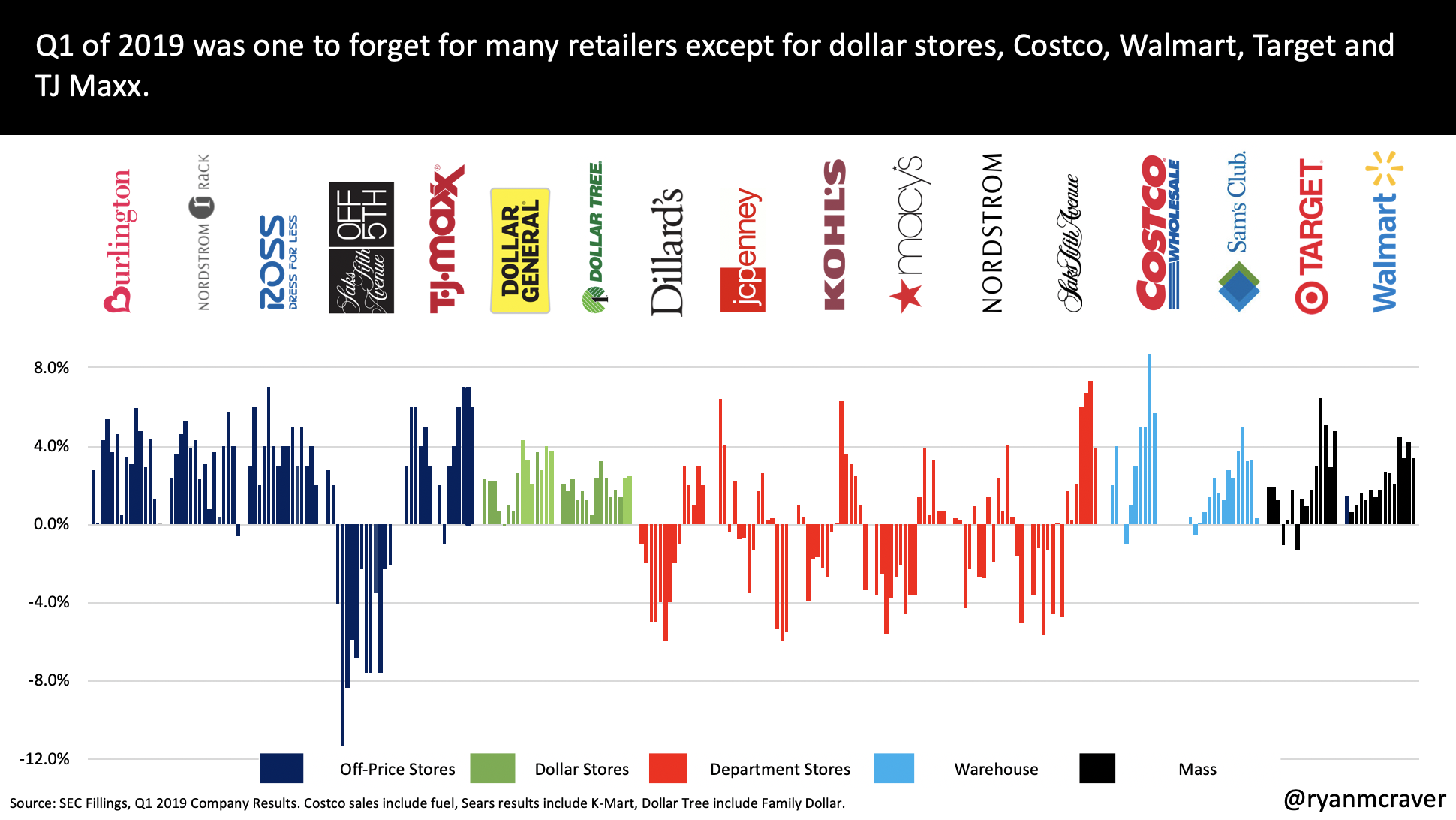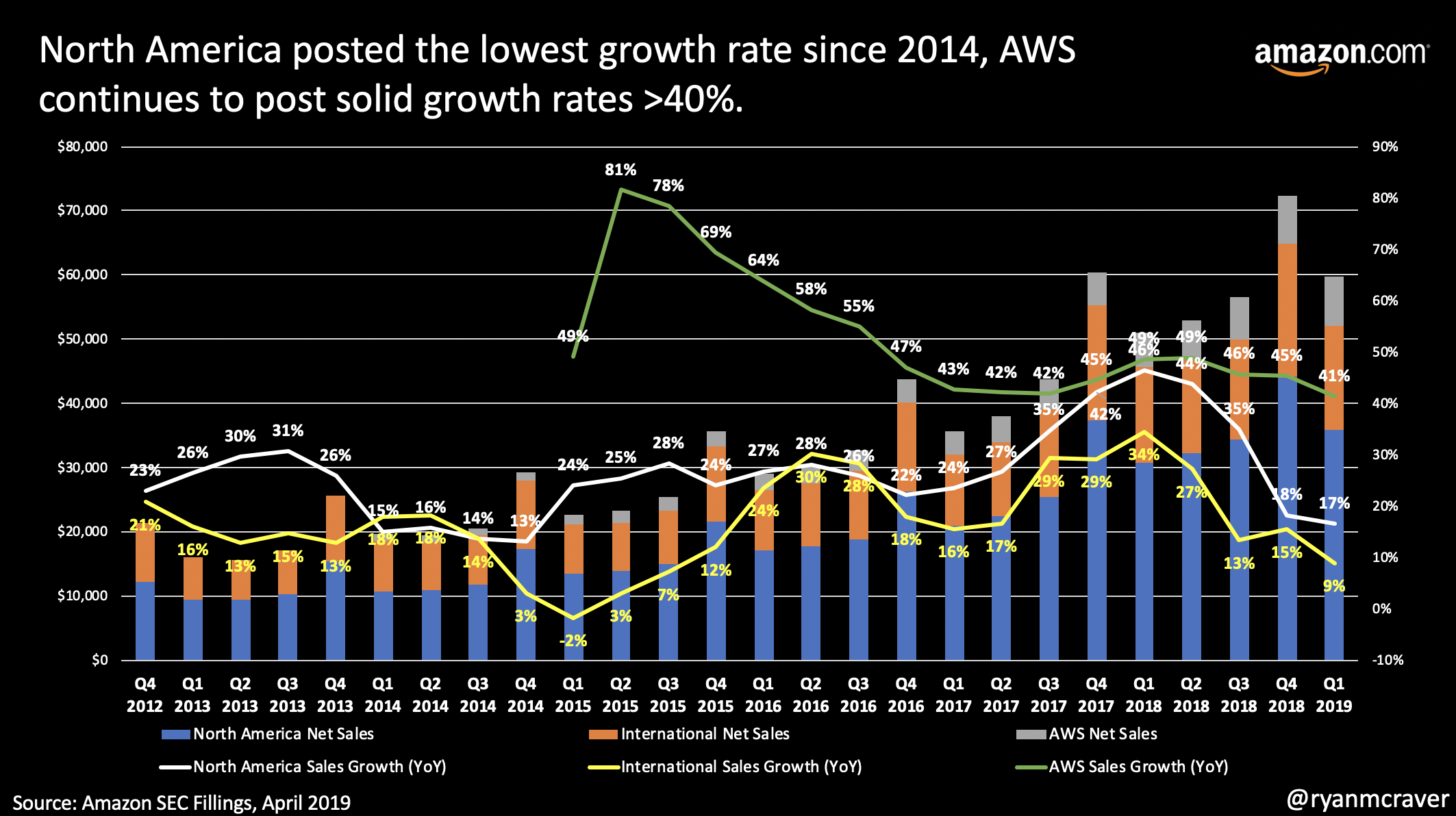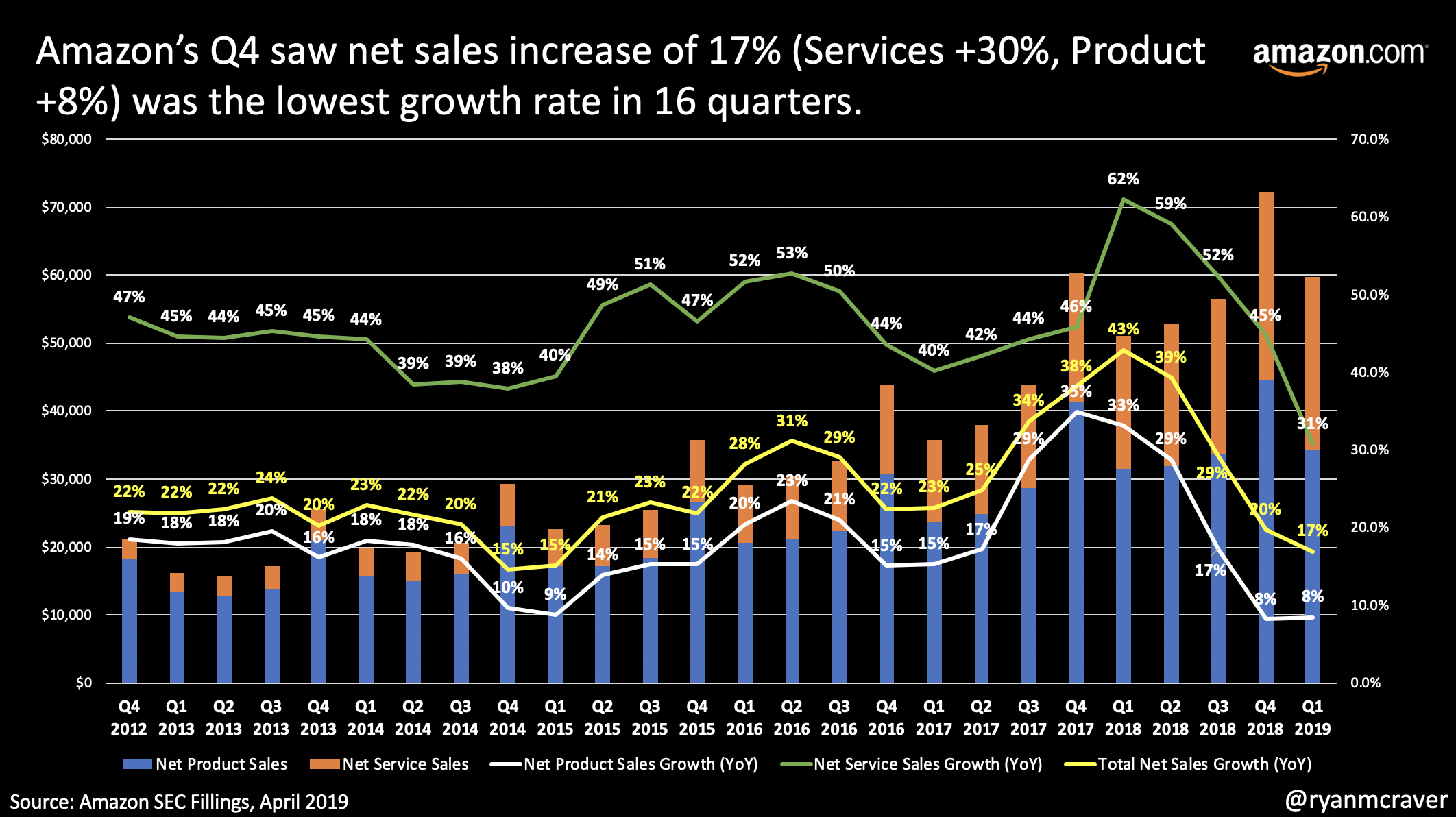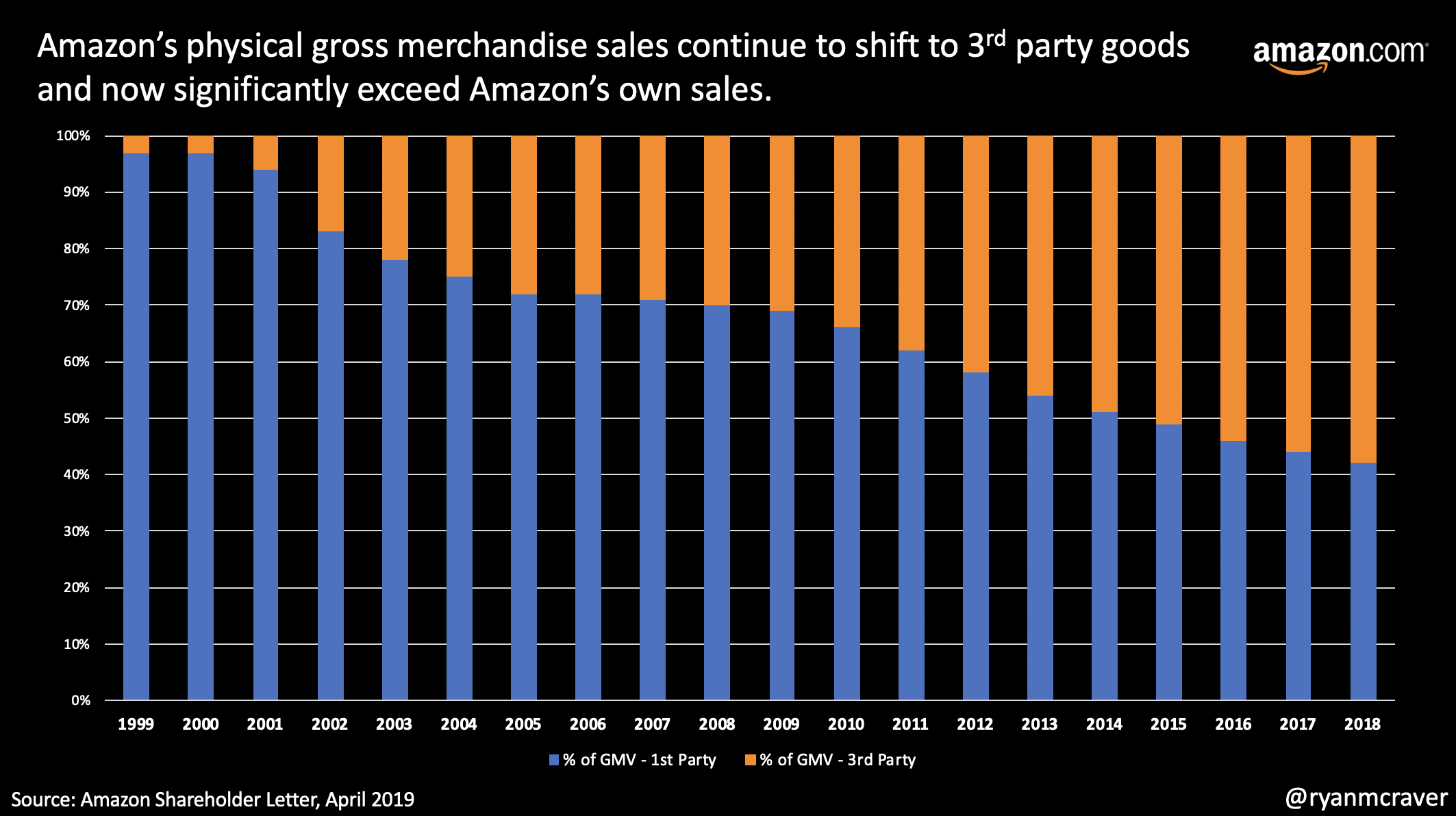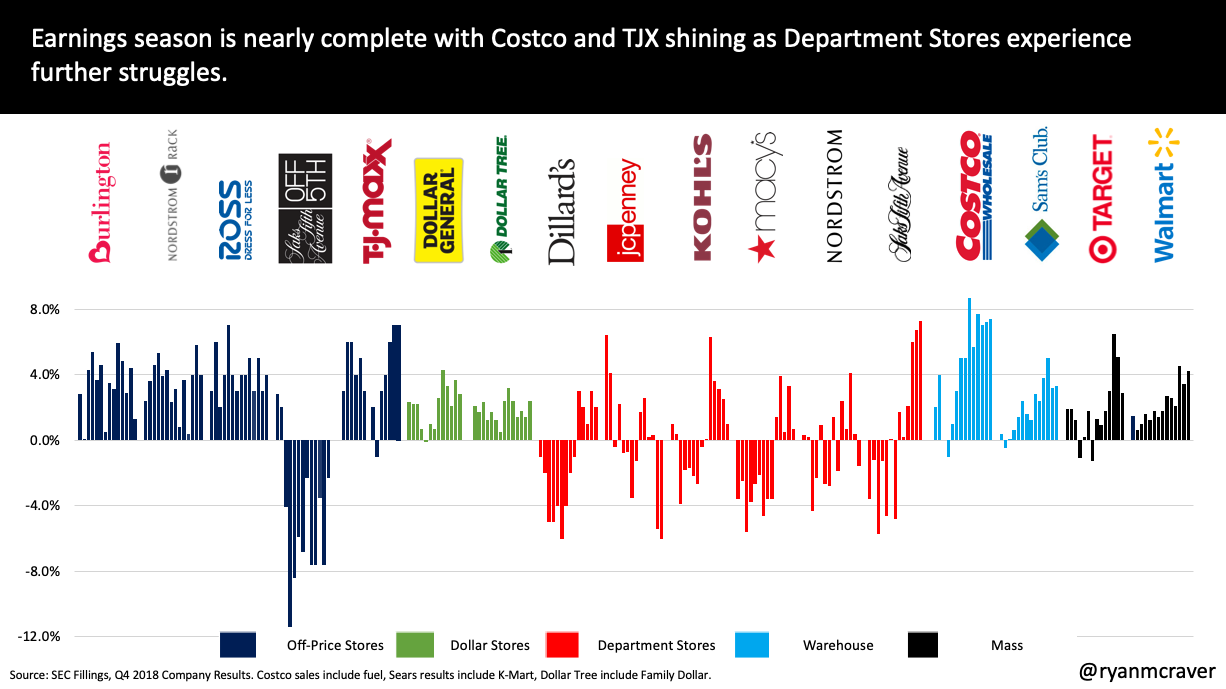Here is what I found interesting in today’s world of retail:
Over half of Americans prefer all at once TV show releases vs staggered. Link
Alibaba used AI for New York Fashion Week looks. Link
Millennials are taking over fashion too. Link
Alibaba acquires largest rival. Link
Amazon and Roku battle for your TV. Link
Streaming music makes up 80% of the music industry revenue. Link
The world’s most expensive retail playground is struggling. Link
Everyone loves the lending game, Stripe Capital is the latest to enter the game. Link
Influencers are seeing less engagement with the disappearance of likes. Link
Facebook dating now challenging the IAC dating monopoly. Link
43% of survey respondents interested in Disney + streaming. Link
Amazon now testing the “New” badge. Link
Amazon pushes faster shipping at all costs. Link


